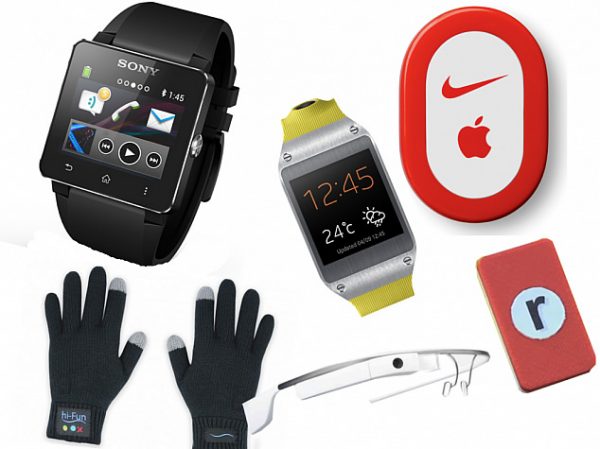The fact that wearable tech if becoming ever more popular may come as no surprise. As the technology becomes better, the software becomes more refined and the products become more stylish there’s no reason it wouldn’t take off, but you may be surprised by just how quickly it’s growing in popularity.
According to a new expert report commissioned by Currys PC World there will be a predicted 17 million 18-65 year olds in Britain using wearable technology by 2017.
When you consider that the company’s sales data shows an increase in sales of 710% compared to this time last year it’s no wonder. That growth is clearly in large part thanks to the launch of Android Wear and it’s likely to skyrocket with the launch of the Apple Watch, but brand names and improved software aren’t the only reasons for the popularity of wearables, they’re also seen as genuinely useful devices.
The report shows that of the 1068 people surveyed, 39% cite improving health and fitness as the number one benefit of wearables. As for the main things people want to monitor, calories was ranked number one by 39% of respondents, daily activity was the priority for 36% and heart rate for 35%.
All of these things can now be tracked by wearables and they’re only going to get better and more accurate. While health and fitness is a big driver it’s not just about that either.
Great Britain’s Olympic triathlon coach Ben Bright explained to Dixons Carphone that: “Wearables are on the brink of becoming mainstream. The big step will be how they translate beyond people who want to stay fit and healthy to the general public.”
That translation is already happening. Dr Simon Moore, a chartered psychologist with the British Psychological Society explains: “Some say we are in the busiest and most stressful period in human history. Anything that can save someone some time is useful to them. Even if it’s 20 seconds.”
That’s the other appealing aspect of wearable technology for many people, it saves time without keeping people glued to their smartphones. 23% of those surveyed believe being able to check maps is a key ability of a wearable, while 20% said being able to check emails on them would be desirable.
Again, these things can all be done already and more features will develop over time, including the ability to socialise and compete with other people by sharing stats through linked apps.
Developments will happen in other ways too. Dave Ward, Head of Innovations and Technology at Currys PC World says: “As wearable technology advances over the next few years it will revolutionise health and fitness. Clever data correlations will mean than instead of just knowing you don’t sleep, you’ll realise it’s only on the days when you drink too many coffees.”
49% of 18-30 year olds believe everyone will be using wearables in the future, but there are still improvements to be made. Mariel Brown, Head of Trends at design firm Seymourpowell, explains: “Anything you wear on your body becomes about personal expression; wearable tech designers should be working with fashion designers.”
But they’re already off to a good start, with the Sony SmartWatch range, Fitbit Flex and Samsung Gear Fit proving top sellers at Christmas, for their affordability, ease of use, functionality and style.
Image credit : Mitchell Consulting Group.





